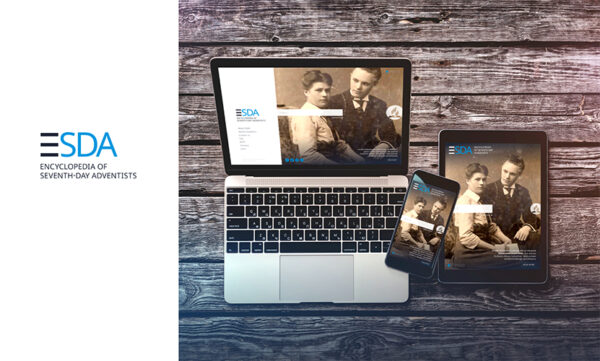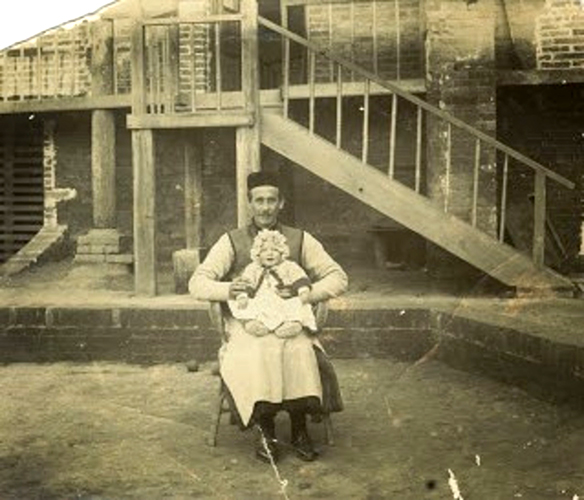Arthur Allum was the first Australian Seventh-day Adventist minister to be sent by the Adventist Church to China. Arthur and his wife, Eva, spent 17 years there
To Arthur Allum, a young Adventist convert in Australia, “just as definite as the call to keep the Sabbath, came a call to go to China.” Upon sensing the call, Arthur knelt in the family orchard and dedicated his life to working in that region.
To prepare, Arthur completed the missionary course at Avondale College in 1905 and assisted in tent evangelism. He contacted Harry W. Miller, an Adventist missionary in China, who encouraged Arthur to go to China. Arthur also wrote to the General Conference, but was told that no funds were available. So he sold religious books door-to-door in New Zealand to earn money.
On March 12, 1906, Arthur married Eva Osborne, a graduate of Avondale’s business course. About a month later, they traveled for more than a month—by boat, train, and donkey cart—to reach their first mission station. They adopted Chinese dress, including the queue, or pigtail, hairstyle and began learning the Mandarin language.
They first worked under Miller in the dispensary and printing office at the mission station. Finding the facilities inadequate, however, the Allums and Miller established a new mission station at Sin Yang Cheo. There, they contracted malaria, but thankfully recovered.
The couple recognized the Chinese people’s longing for education, and a desire kindled in Eva to work for women in China. To meet these needs, they set up a station in Cheo-Chia-K’Ou. While there, they often traveled into the countryside. Of one trip, Eva reported, “We would have been comfortable . . . if it had not been for the rats, which took advantage of the darkness to scamper in and out of the bins, and then across our bed and up the wall.”1
In 1909, Arthur was appointed to lead the new Western China Mission. A personnel shortage, however, prevented him from going. In March, Arthur and Lui, a Chinese evangelist, traveled eight days through snow and wind. They met Pastor Han, the Church of Christ district leader. Arthur and Lui held a meeting and then studied with Han until three o’clock in the morning. Han was baptized, and many of his friends became Seventh-day Adventists.
During 1910, the fledgling Bible school at Cheo-Chia-K’Ou gained momentum. In January 1914, Arthur was finally able to go to western China. There, Eva taught a women’s Bible class. One day, three Tibetan priests visited the chapel. The missionaries shared the gospel and sent them home with tracts to hand out.
In late 1916, Arthur returned to Shanghai as the principal of the Chinese Training School, which had developed from the Cheo-Chia-K’Ou school.
While caring for her growing family, Eva remained conscious of her church responsibilities. She served as the Central China Union Sabbath School secretary. Eva wrote, “We should not be content to be merely ‘missionaries’ wives,’ and not ‘missionary wives.’. . . I believe the Lord has a special care over our little ones when we strive to do our duty.”2
In 1922, Arthur’s concluded his report to the General Conference Session with a note of hope: “We long for power to stir the multitudes of China as they have never been stirred in days past. We are seeking with you for a fresh baptism of the Holy Spirit for service; and with you we unite today in earnest supplication to the Lord Jesus, while magnifying His name for mercies already received.”3
After the session, Arthur returned to China, but health concerns forced the Allum family to return to Australia in September.
1 F. A. Allum and Eva Allum, “Experiences in Honan, China—No. 1,” Union Conference Record, March 1, 1909, p. 2.
2 Mrs. I. H. Evans, “ ‘Missionary Wives’ or ‘Missionaries’ Wives?’ ” Advent Review and Sabbath Herald, July 20, 1916, p. 12.
3 Clarence C. Crisler, “The Conference Through Far Eastern Eyes,” Advent Review and Sabbath Herald, June 1, 1922, pp. 3–5.




